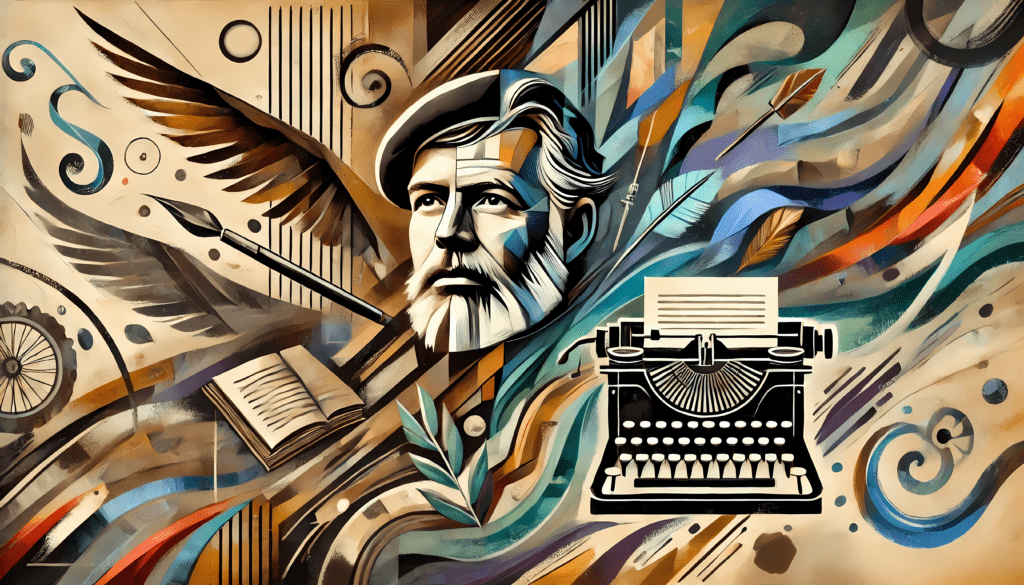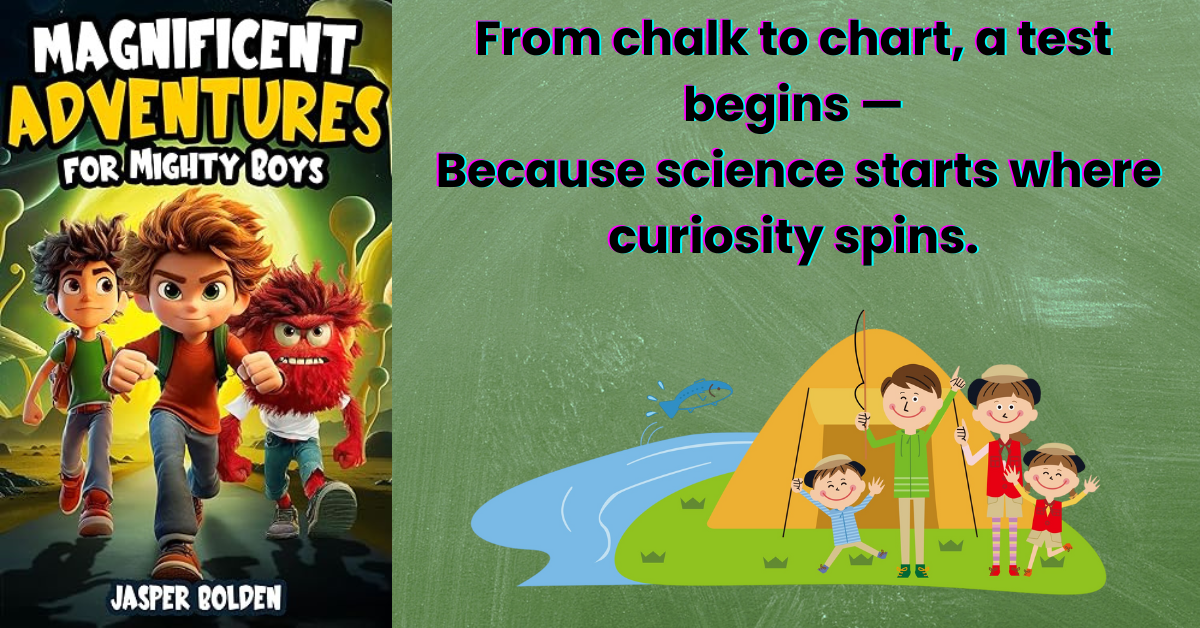The Life of Ernest Hemingway
The drama and intensity of Ernest Hemingway’s life, from bullfighting in Spain to wartime experiences, matched the power and emotion in his novels and short stories.
Born in 1899 in Oak Park, Illinois, Hemingway’s adventurous spirit, nurtured by the sprawling landscapes of his youth, shaped his iconic writing style.
His early career as a journalist and ambulance driver during World War I—with its sights and sounds of destruction and suffering—exposed him to the raw realities of life, experiences he later transformed into timeless literature.
Hemingway’s adventurous nature led him across continents.
From the smoke-filled battlefields of Europe, echoing with the sounds of gunfire, to the vast, sun-drenched savannahs of Africa, teeming with wildlife, and finally to the tranquil, turquoise waters of Cuba, scented with sea salt and blooming jasmine, his life mirrored the boldness of his characters.
His famous quote, “There is nothing noble in being superior to your fellow man; true nobility is being superior to your former self,” reflects his introspective and resilient nature.
A Writing Style That Revolutionized Literature
Hemingway’s “iceberg theory,” a style that allowed for powerful understatement and implied meaning, set him apart from other writers. His crisp, direct prose communicated profound ideas with deceptive simplicity.
Critics have called this style “revolutionary,” with novelist William Faulkner noting, “He has never been known to use a word that might send a reader to the dictionary.”
This unique approach resonates deeply with readers, touching their hearts with its emotional depth and creating a sense of shared human experience. Hemingway’s unflinching portrayal of courage on the battlefield, the complexities of love, the horrors of war, and the resilience of the human spirit continue to inspire readers.
Masterpieces and Enduring Legacy
Hemingway’s contributions to literature earned him the Nobel Prize in 1954. His iconic works include:
- The Old Man and the Sea: A tale of resilience and the unbreakable bond between man and nature.
- A Farewell to Arms: A heartbreaking love story set amidst the chaos of World War I.
- For Whom the Bell Tolls: A gripping exploration of sacrifice during the Spanish Civil War.
Critic Edmund Wilson described Hemingway as “The most important writer since the Renaissance.” His ability to capture raw human emotion in simple words makes his works timeless.
External Link: Explore Our Works here.
Internal Link: Discover Beyond the Shelf Here
Dive into Hemingway’s crisp, bold prose and timeless stories, smelling the salt air of the sea and the dust of the bullring in their descriptions.
Start with The Old Man and the Sea or A Farewell to Arms or For Whom the Bell Tolls and discover why his works continue to captivate readers.



